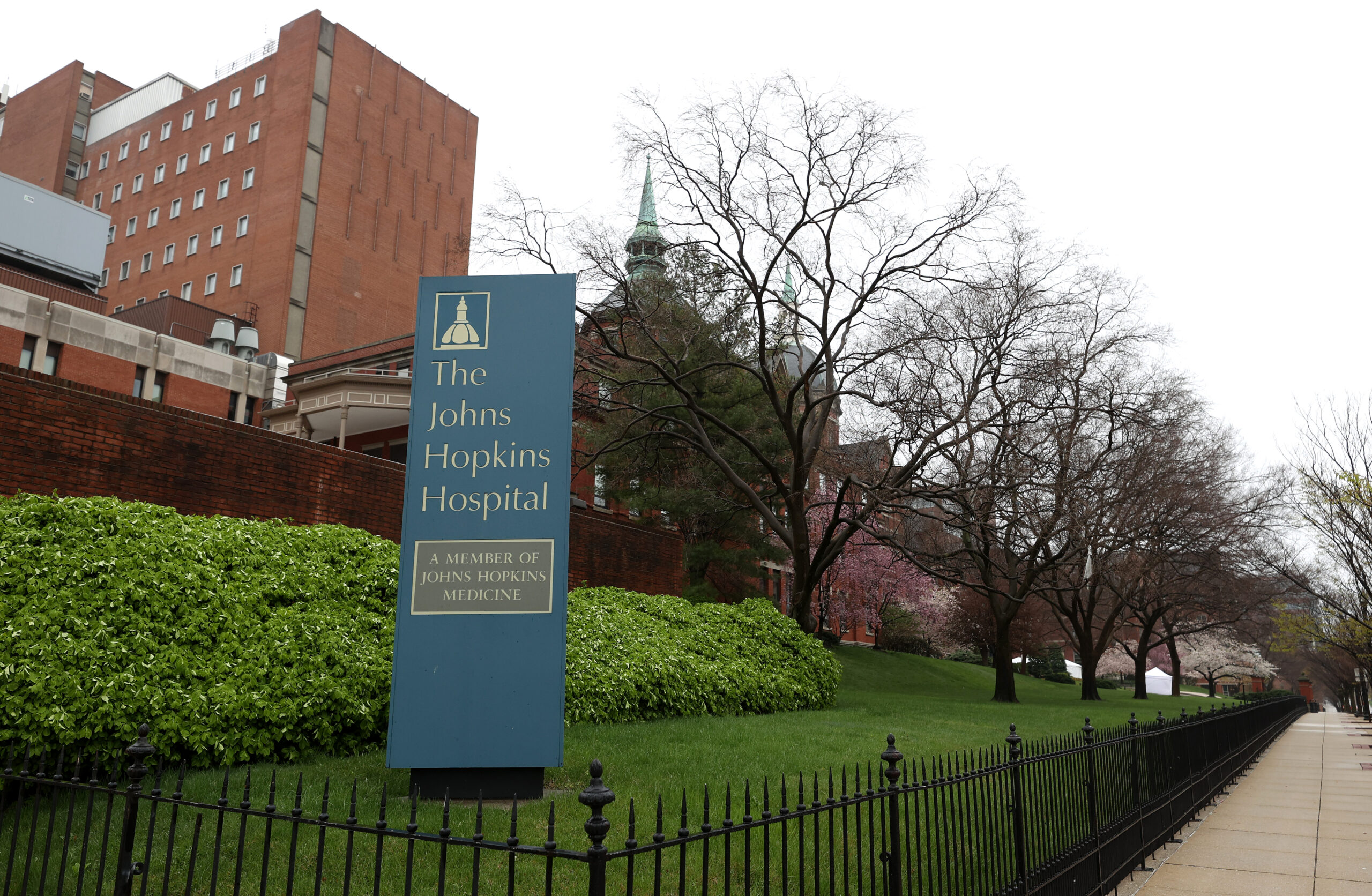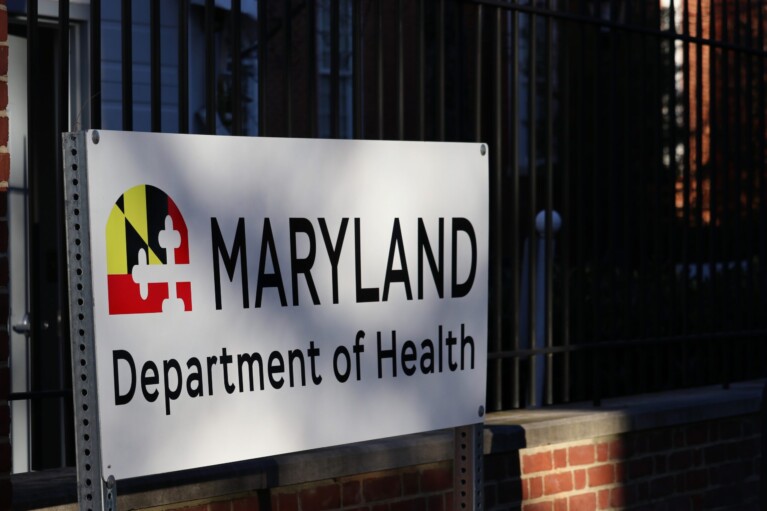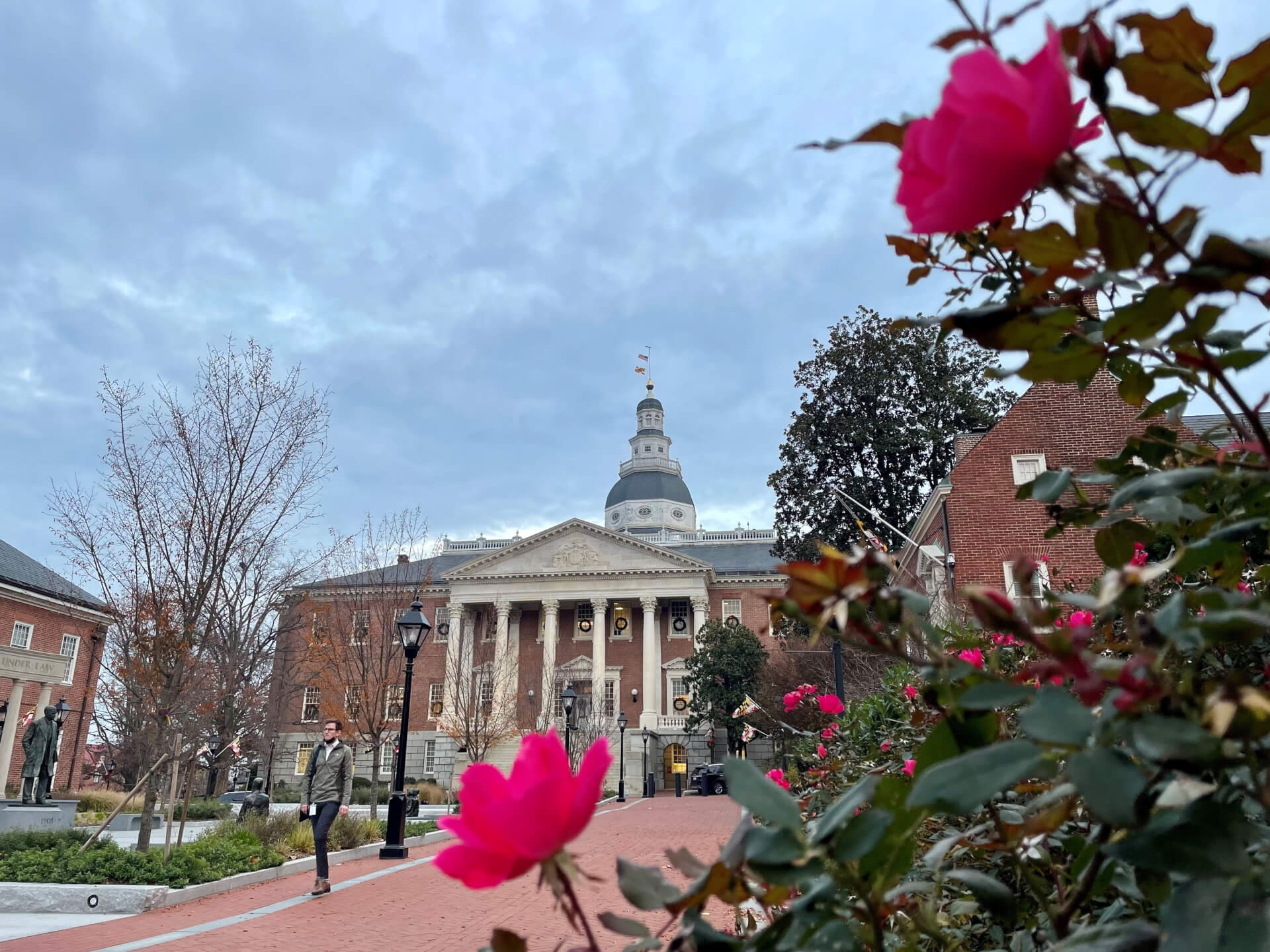Maryland hospital regulating board sets 2024 policy schedule, legislative agenda

A powerful commission tasked with constraining Maryland’s hospital rates is set to have a busy year.
At a commission meeting Wednesday, the Health Services Cost Review Commission (HSCRC) laid out its proposed policy and voting schedule for 2024 into 2025, and outlined its legislative priorities for the current legislative session.
Among the commission’s priorities for the months ahead include tackling long emergency room wait times, participating in a new federal health care program and adjusting rates or reimbursement for care at Maryland’s hospitals.
The commission has a tentative “policy calendar” of various informational briefings and policy votes outlined for the next year and into June of 2025.
“It gives people transparency that they haven’t had about what’s coming over the next year, year-and-a-half,” Commission Chair Joshua Sharfstein said at the Wednesday meeting. “Which is a really, really great thing.”
For example, at the May HSCRC meeting, the board is scheduled to consider renewal of the Nurse Support Program grant program to advance nursing in Maryland’s higher education system.
The policy calendar also provides a tentative timeline for policy changes. It usually takes several months to develop a new policy, issue the draft language of the policy and then officially approve the changes.
One policy in consideration this year is an incentive for emergency departments to implement best practices to improve hospital throughput, thus reducing Maryland’s extended emergency room wait times.
The “ED Best Practices Incentives” policy is set to begin development in March 2024, the draft language would be published by October’s HSCRC meeting, and the commissioners would vote to finalize the policy in December.
The policy calendar could change depending on “staff capacity, data availability, stakeholder input and other factors that may delay the policy-making process,” according to state documents.
AHEAD model
But the proposed calendar does not yet account for a major undertaking that the board is working towards this year: participating in a new federal program in order to maintain the state’s Total Cost of Care model, which helps set hospital rates.
Maryland’s Total Cost of Care model places a global budget on the state’s hospitals, which is a fixed amount of revenue that hospitals can earn in a year. The goal is to incentivize improvements in health care services and to encourage coordination between health care providers.
However, the federal Centers for Medicare and Medicaid Innovation (CMS) is taking a cue from Maryland’s Total Cost of Care model, along with similar programs out of Vermont and Pennsylvania, and is rolling out its own program to curb health care cost growths and improve overall state health.
CMS is in the process of creating a new program called the States Advancing All-Payer Health Equity Approaches and Development (AHEAD) model and inviting states to implement a total cost of care model into their health care systems.
HSCRC Executive Director Jonathan Kromm said Wednesday that Maryland has submitted its letter of intent to participate in the upcoming federal program on Feb. 2. The HSCRC will submit an application for the first cohort of states participating in the program, which would run from 2026 to 2034.
“AHEAD is the pathway to continue Maryland’s all-payer rate setting authority and offers tools for primary care transformation, healthcare cost containment, and population health improvement,” according to HSCRC documents. “AHEAD builds on the Maryland TCOC Model, advancing the vision of equity and excellence in Maryland’s healthcare delivery system to improve the health of all.”
If accepted into the first cohort, “there would be an 18-month pre-implementation period, wherein the State and CMS would negotiate a state plan outlining the term’s of Maryland’s participation in the program,” running from June 2024 through December 2025.
2024 session
The board is also following a host of legislation under consideration during the 2024 legislative session, which could impact commissioners’ responsibilities and duties down the line.
Paul Katz, an analyst with the commission, said that HSCRC is tracking over 300 bills, but wanted to highlight a dozen of the “most important ones” that may impact the business of commission.
HSCRC is supporting a bill that allows undocumented Marylanders the opportunity to purchase individual private health plans.
The bill, called the Access to Care Act, would prompt the Maryland Health Benefit Exchange, the state’s insurance marketplace created as a result of the national the Affordable Care Act, to file a federal waiver to permit undocumented Marylanders to buy and use individual health care plans.
Another bill supported by the HSCRC this session is SB 694/HB 887. It would prompt the state Department of Health to hire a consultant to identify any overlap in statutory responsibilities between various state health and insurance agencies: the Health Services Cost Review Commission (HSCRC), the Maryland Health Care Commission, the Maryland Community Health Resources Commission, and the Maryland Insurance Administration.
The goal is to identify ways to streamline the statutory responsibilities to reduce overlap of duties among the state agencies, according to the bill.
Other bills that the HSCRC will likely support would look to reduce emergency room wait times, an ongoing frustration within the Maryland health care system.
HB 784 would create a task force to monitor efforts to reduce emergency room wait times in the state. HB 1143 would create a commission within the Maryland Institute for Emergency Medical Services System to develop strategies that would reduce wait times.
But the commission is currently taking “no position” on two three bills aiming to fund Maryland’s trauma and shock trauma care system.”
The Comprehensive Community Safety Funding Act would place a tax on the sales of firearms and ammunition. Should it pass, 44% of the new funding would go to Maryland’s Trauma Fund and 29% would go towards the Shock Trauma system.
The two other bills would increase fees for vehicle registration to create new funding for trauma and shock trauma. But the commission is remaining neutral on those three bills.




 Creative Commons Attribution
Creative Commons Attribution